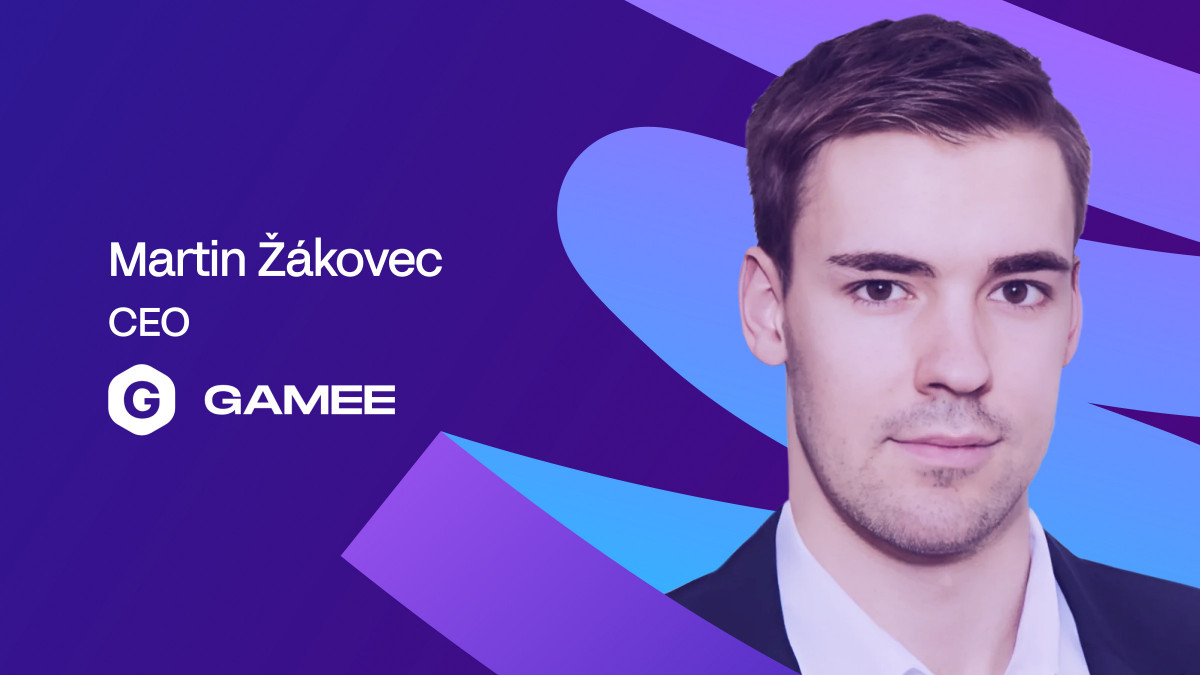The rise of the industrial metaverse has become a key player in developing a viable, unified spatial communications platform. As companies seek to reach targeted outcomes with immersive technologies, industry leaders have leveraged their world-building technologies, in the real world.
Dave Rhodes, Senior Vice President and General Manager of Digital Twins for Unity, delivered a keynote speech at the massive immersive tech event on Monday morning. He discussed the role of digital twin technologies in facilitating streamlined, agile industrial environments.
Remaking the (Virtual) World
At the start of his address, he discussed the development of the Metaverse, citing object-oriented computer scientist Alan Kay, who stated “the best way to predict the world is to invent it.”
He explained that the COVID-19 pandemic had driven the impetus to advance the platform, which was “an evolution of our digital experiences from today.”
According to his findings, the Metaverse operated in real-time at 60 to 120 frames per second. It would later evolve from utilising simple graphics to becoming hyper-realistic and persistent.
Media outlets covered the Metaverse from a consumer-orientated perspective, he explained. Platforms such as Roblox, Fortnite, and others opened massive metaverse communities to consumers, leading to further collaborations with global brands.
Real-Time, Real World Results
Regarding the industrial metaverse, he stated that global enterprises proliferated use cases in manufacturing, municipal government, construction, education, health care, and financial services.
Firms had developed them to “drive business outcomes and competitive advantages” for their businesses and operations. These entities leveraged real-time 3D (RT3D) content, with Unity leading the industry as a RT3D content creation platform.
Currently, the company powers roughly 60 percent of all mobile console and PC video game content globally and 70 percent of AR, VR, and MR content, the exec explained.
Rhodes explained further,
“As a result, we operate on a massive scale at 4 billion unique unity runtimes downloaded per month, [or] 50 billion right times all around the world running once per year. [We] have a pretty good glimpse into how this Metaverse this future of digital interaction is evolving”
The Rise of the Industrial Metaverse Use Cases
Speaking further on the industrial metaverse, he segued to digital twins, or digital replicas and virtual copies of physical assets. These behave identically to their physical counterparts, which is “fundamental for these [digital] transformations industries are making.
These digital twins are developed to drive numerous outcomes for enterprises, Rhodes explained.
He additionally allowed strategic partners to assess their readiness to execute their capabilities in the technology. He cited collaborations with the Vancouver Airport Authority and others that leveraged digital twins to relieve passenger congestion at airport terminals to boost customer experiences.

Dave Rhodes, SVP & GM, Unity Digital Twins gives his speech at the Immerse Global Summit (IGS) 2022 in Miami, Florida.. PHOTO: XR Today
These tools allowed travellers to arrive at their gates on time and streamline facility processes. This was “fully functional, at scale,” he stated. The digital twin technology had developed over 18 months time to deploy over 30 use cases to create a “safer and more sustainable piece of physical infrastructure.”
Other firms incorporated real-time sensor information for operation and maintenance (O&M). Doing so would allow firms to visual data and assets interactively “in a way where they can make the right O&M decisions without having to drive out into the middle of nowhere with physical trucks just to simply read a meter,” he added.
Predictive Digital Twins?
In the energy sector, wind farm enterprises also utilised the tools for predictive analytics. This allowed farms to time-slice simulations to evaluate the size of wind planes in geographic locations.
The models could also evaluate their optimal placements and “predictably model the exact performance of energy generation systems.”
Concluding, he discussed the role of the tech industry in developing such solutions for future use cases, adding,
“This future that we talked about is actually happening right now because each and every one of you is contributing to it. You’re building that digital force of experience that’s going to bring great things to our world and the next generation of people.”
The IGS 2022 Miami Evolves the Industrial Metaverse
The news comes after XR Today’s Editor-in-Chief David Dungay interviewed John Cunningham, Head of Government and Aerospace at Unity, to discuss the role of digital twins across industry verticals.
The keynote speech also follows a major discussion between representatives from GE Digital, Darkpulse, TeamViewer, and Accenture at the Industrial Internet of Things (IIoT) World 2022.
The four executives explored the utility of the industrial metaverse and how digital twins could save massive levels of resources, time, and costs in building next-generational infrastructure.
The IGS 2022 Miami is currently taking place at the Fontainebleu Hotel in Miami, Florida from 5 to 7 December. The event has seen Meta Platforms, AT&T, Lenovo, HTC VIVE, Magic Leap, and many others join the three-day activity near Miami Beach.
Global executives and thought leaders have attended to discuss the future of the metaverse, new and future emerging technologies, and to outline a roadmap for reaching milestones for the next iteration of digital communications.
Read More: www.xrtoday.com









 Bitcoin
Bitcoin  Ethereum
Ethereum  Tether
Tether  XRP
XRP  Solana
Solana  USDC
USDC  Dogecoin
Dogecoin  Cardano
Cardano  TRON
TRON  Lido Staked Ether
Lido Staked Ether  Wrapped Bitcoin
Wrapped Bitcoin  Sui
Sui  Chainlink
Chainlink  Avalanche
Avalanche  Wrapped stETH
Wrapped stETH  Stellar
Stellar  Shiba Inu
Shiba Inu  Hedera
Hedera  Hyperliquid
Hyperliquid  Toncoin
Toncoin  Bitcoin Cash
Bitcoin Cash  LEO Token
LEO Token  USDS
USDS  Litecoin
Litecoin  Polkadot
Polkadot  WETH
WETH  Monero
Monero  Wrapped eETH
Wrapped eETH  Bitget Token
Bitget Token  Pepe
Pepe  Binance Bridged USDT (BNB Smart Chain)
Binance Bridged USDT (BNB Smart Chain)  Pi Network
Pi Network  Coinbase Wrapped BTC
Coinbase Wrapped BTC  Ethena USDe
Ethena USDe  WhiteBIT Coin
WhiteBIT Coin  Uniswap
Uniswap  Bittensor
Bittensor  NEAR Protocol
NEAR Protocol  Aptos
Aptos  Dai
Dai  Aave
Aave  OKB
OKB  Ondo
Ondo  sUSDS
sUSDS  Ethereum Classic
Ethereum Classic  Cronos
Cronos  BlackRock USD Institutional Digital Liquidity Fund
BlackRock USD Institutional Digital Liquidity Fund  Internet Computer
Internet Computer  Official Trump
Official Trump